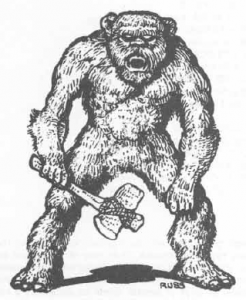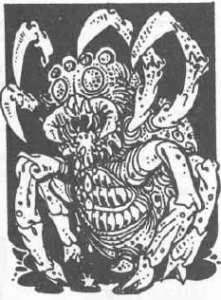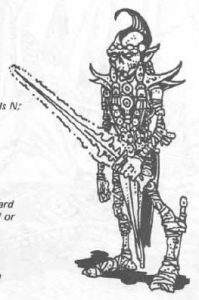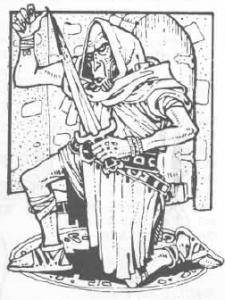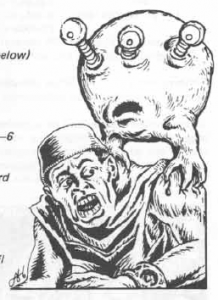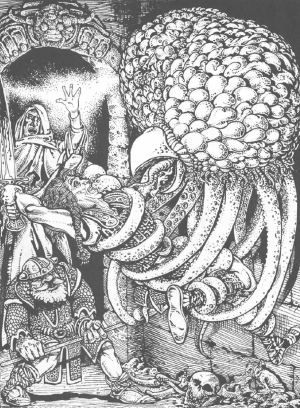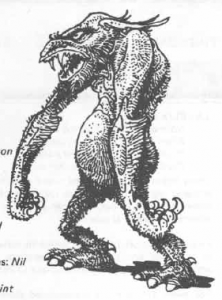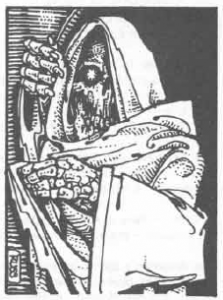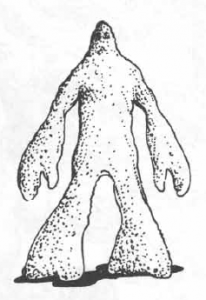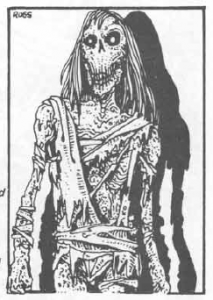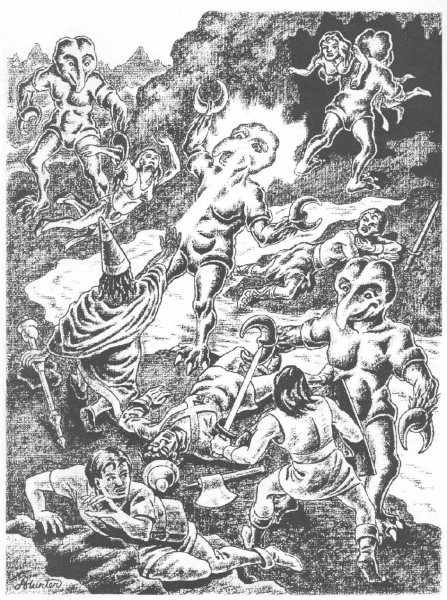Here’s an interesting idea I’ve been pondering all day. Using Barbarians of Lemuria to run an oldschool campaign in the spirit of the old Basic and Expert rules of Dungeons & Dragons. I really quite love the style of adventures that is presented by this version of D&D, but I am just really not a fan of the game at the most basic level. The entire combat system and magic system just isn’t to my liking. BoL on the other hand is pretty close to ideal to what I want out of a rules system.
However, it could be argued that even Basic D&D and BoL are build on fundamentally different assumptions that make them highly incompatible with each other. The main difference is that D&D is build entirely around the assumption that the players want to get Experience Points and treasure, which make them more powerful and better equipped. On the other hand, BoL does not have any XP or treasure, and equipment is extremely limited.
But I think I’ve found a neat and very effective solution to this problem. By default, characters in BoL advance by finding some treasure of indeterminate value during the adventure, and at the end the players describe how they drink and gamble it all away in true Sword & Sorcery fashion. Depending on how creative and “heroic” the players describe it, their characters get between 1 to 3 Advancement Points, which they can use to improve their characters abilities. Instead of doing this, it’s trivially simple to not give the players AP based on the story they tell, but at the rate of 1 AP for every 10 treasures they spend. A treasure could be anything; a sack of coins, a golden idol, a big gem, some fine silverware, or whatever you want to think of. In practice it doesn’t matter. When the heroes search a vault or a fallen enemy, the GM can either describe what they find or simply say that they stuff 2 treasures into their pockets. They still don’t get Advancement Points for beating an enemy like in D&D, but I think it’s really the XP for treasures that makes the old editions of D&D so fascinating.
Another important element of the Basic and Expert rules is that players need to ration their supplies and have to judge how much food and treasure they can carry at the same time and how much it will slow them down between destinations in the wild. (Don’t want to find out in the middle of the dessert that you should have better taken one more skin of water instead of another bag of gold.) That will take some more thought, but I might get back to this somewhere the next days.

